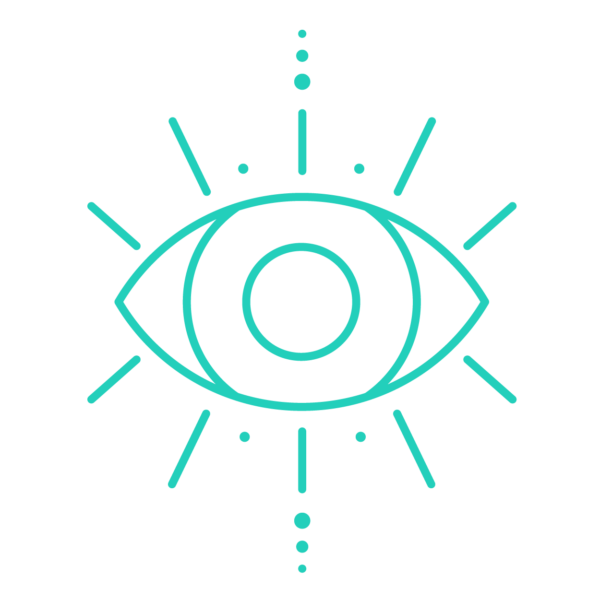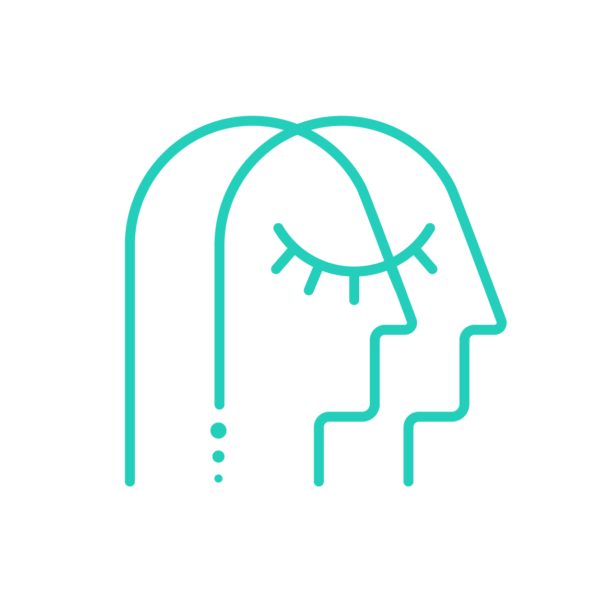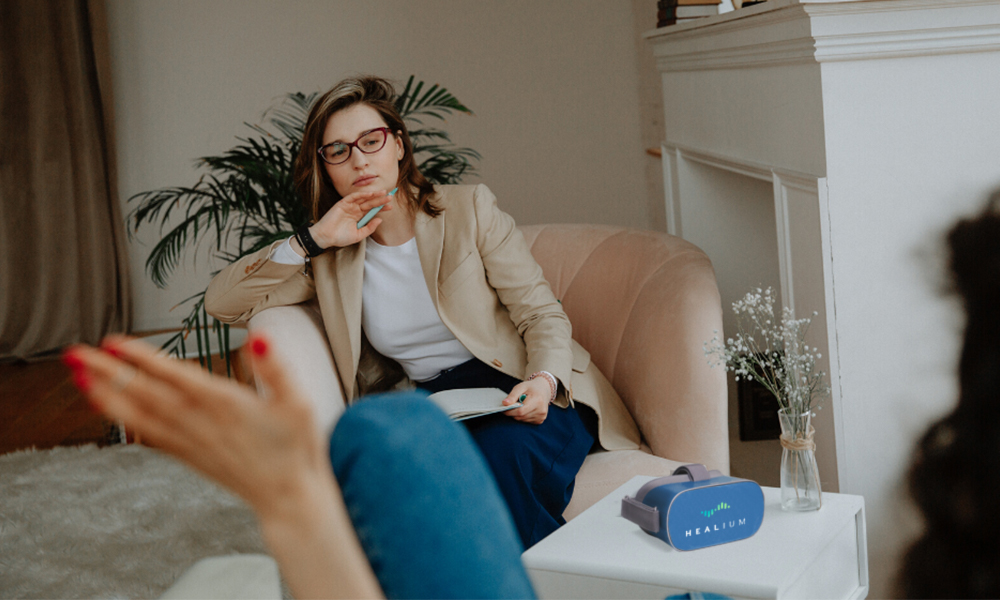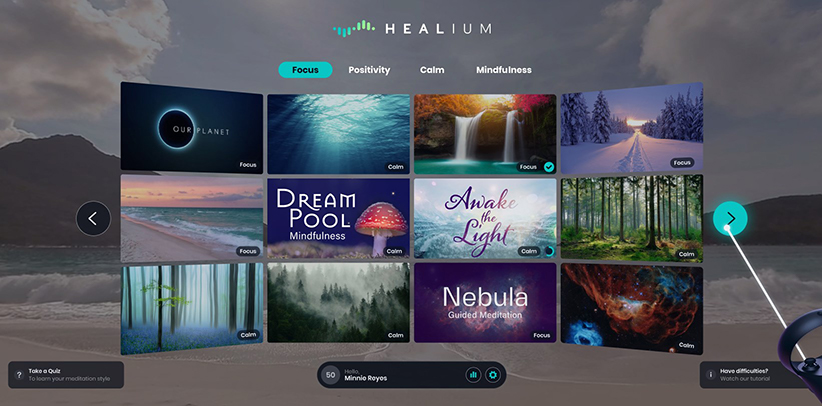




Dr. Jeff Tarrant shares how to implement Healium in a behavioral health setting.

While Healium is not designed to be a diagnostic tool or primary treatment intervention for any mental health concerns, it can be used as an adjunctive tool to assist in the reduction of stress. There are a few different ways to use Healium with clients and patients.
The Healium experiences have been created with content designed to quickly reduce both subjective and physiological feelings of stress.
Knowing that the brain believes what it sees, we have created experiences that transport the user to beautiful landscapes.
By removing visual and auditory cues associated with a stressful event and replacing it with peaceful and comforting scenes, the nervous system shifts almost instantaneously. In addition, our experiences provide the option of guided meditations to assist in directing the user into states of mindfulness, quiet mind, focus, or open-heartedness.

Consequently, this makes it a very effective tool to use before, during, or after a stressful event. Healium is currently being used in the following situations with this purpose in mind:
> Before surgery and childbirth
> During blood donations, and other minor surgical experiences
> After natural disasters (tornadoes, hurricanes)
In a school or mental health environment, Healium is used with students or clients to assist in managing states of agitation or anxiety that are interfering with their ability to be successful.
In school environments, it is being used in lieu of a “time out” or “quiet time” intervention. It is a way to provide a student a break if they become upset, or over-aroused.
The virtual reality goggles can be located in the classroom, the counselor’s office, or the principal’s office. If a student appears to be becoming agitated and they are not responding to other interventions, taking a Healium break may be enough for them to downshift and break the stress cycle.
Select students are also using Healium before tests as a way to encourage clear thinking and counteract test anxiety.
In therapists’ offices, Healium is being used in waiting areas for anxious clients prior to a therapy session. It is also being used in sessions to assist clients who begin experiencing high levels of anxiety or agitation during a session.
Essentially, it is being used as a self-management tool. In this context, we generally recommend using additional tools with Healium and/or gently coaching the client while inside the Healium experience.
This is a powerful intervention to help clients become more aware of subtle cues in their body related to states of stress versus balance.
For this use case scenario, I have generally introduced the virtual reality system and Healium software to the client in advance so it is not something they need to learn when distressed.
If they appear to be becoming increasingly agitated in the session, I will generally help them identify what is happening for them by asking about what they are noticing about their body, their breathing, their thoughts, etc.
If we have explored other self-soothing, emotion management techniques, I will encourage them to use one of those. If those techniques are not working and/or if they are too activated to use those skills in the moment, I will suggest using Healium for a few minutes.
In these situations, I do not use the EEG headband or Apple Watch, just the experiences themselves. If they have a favorite experience, I might suggest that or direct them toward experiences that may be most calming (again, it is generally a good idea to have explored this earlier with a client so you know their preferences).
In some cases, you may want something very simple and easy, such as a forest scene. In other cases, you may need something a bit more active, such as a guided mindfulness exercise, a breath pacer, or an experience that is more dynamic-with more scene changes and movement. This all depends on your client and their particular situation.

Healium virtual reality for Oculus Go has 30+ experiences within the app. They vary from nature-based to more abstract stories such as fractals and nebulas.
They are organized into different categories in order to help you and your client quickly and easily select the most appropriate experience.
Quiet Mind experiences will tend to be more calming and soothing with minimal scene changes and minimal instruction.
Mindfulness experiences are generally nature-based and will include some additional guided meditation scripts, actively drawing their attention to their experience of the scene and its impact on their internal state.
Open Heart experiences will include guidance related to activating feelings associated with appreciation or gratitude.
Focus experiences will tend to be more engaging with direction to attend not specific elements of the scene while reducing mind wandering.
*see appendix for a description of each experience